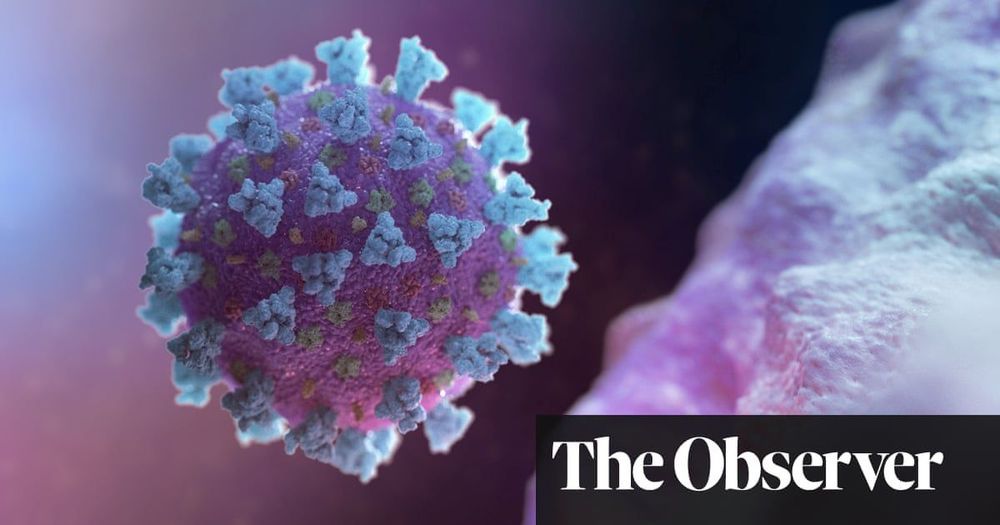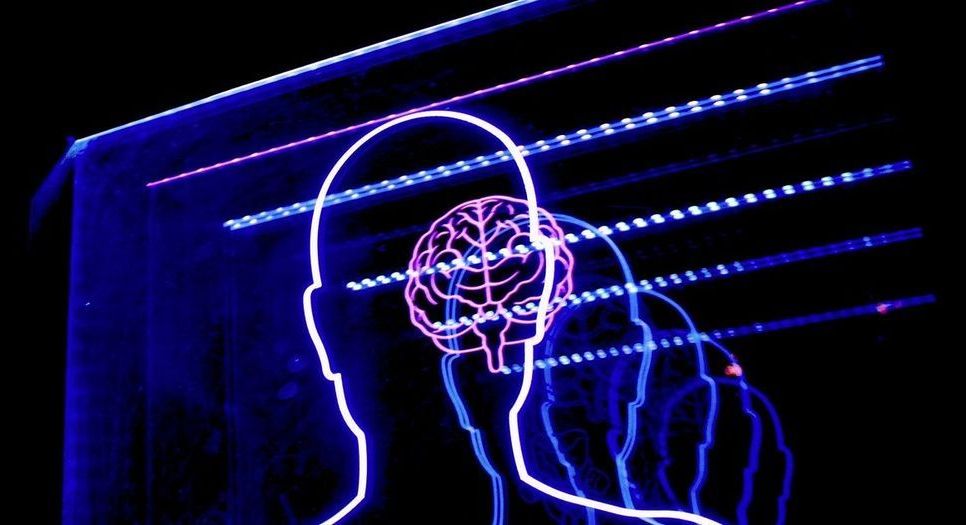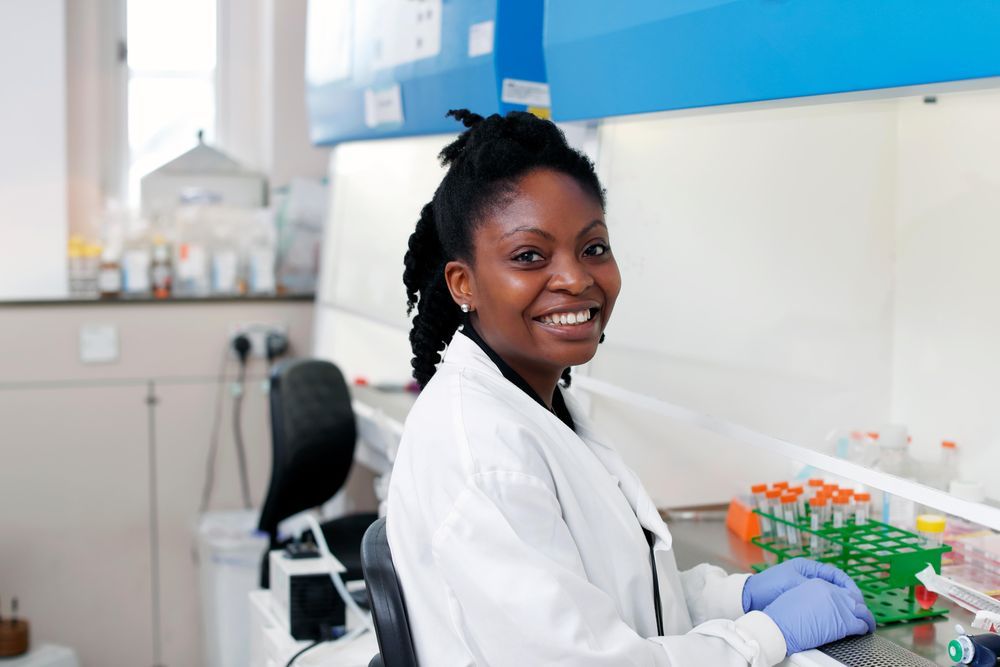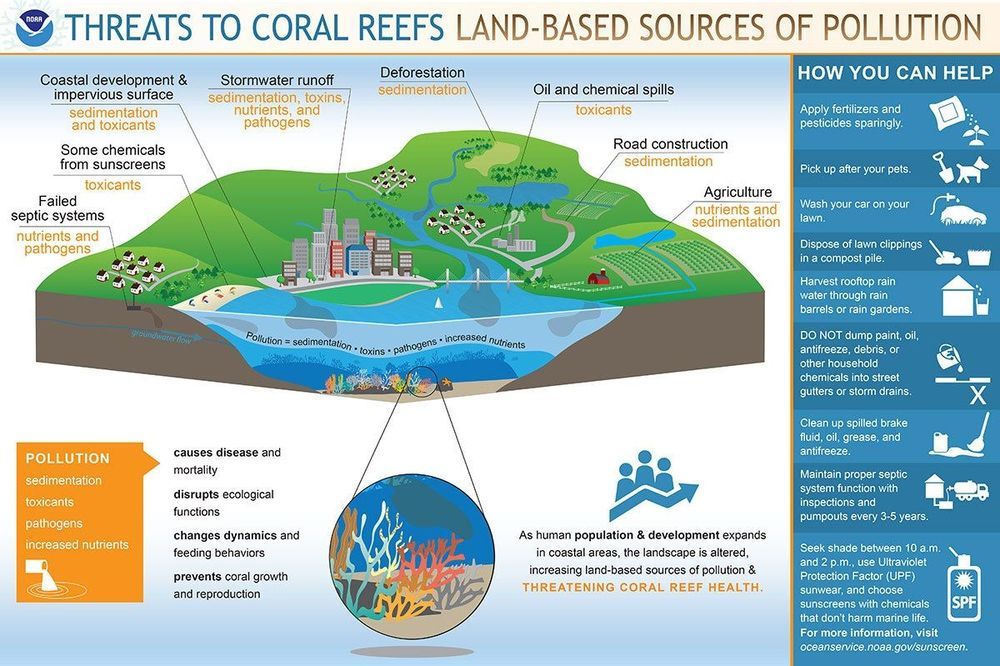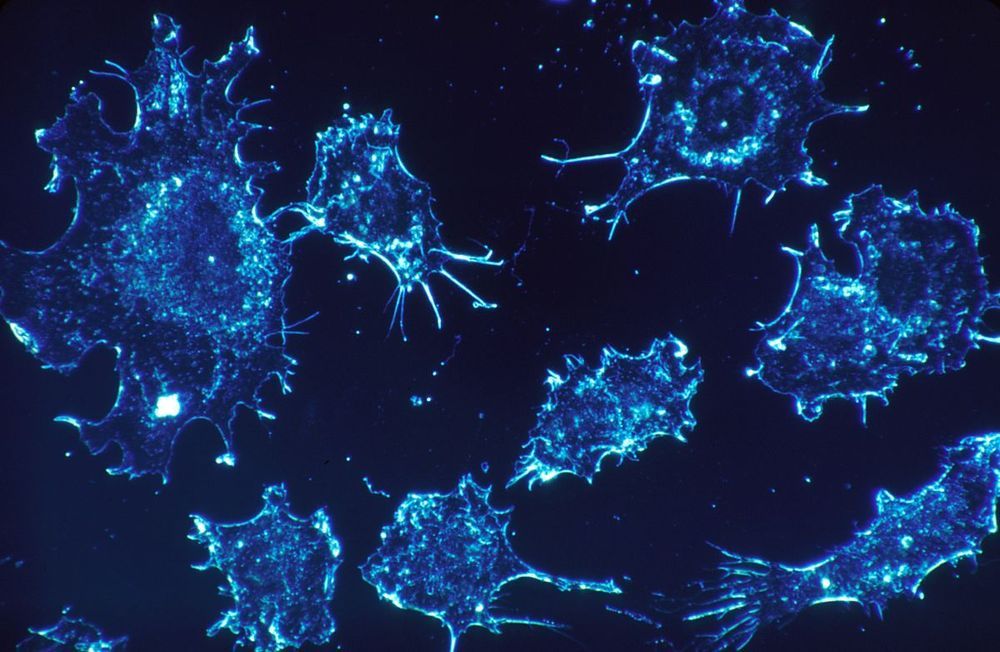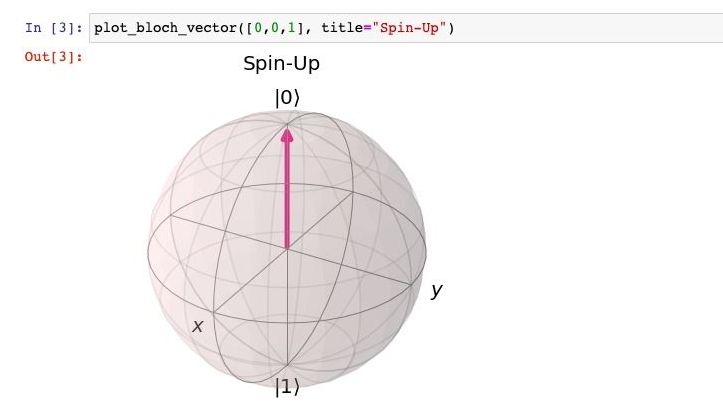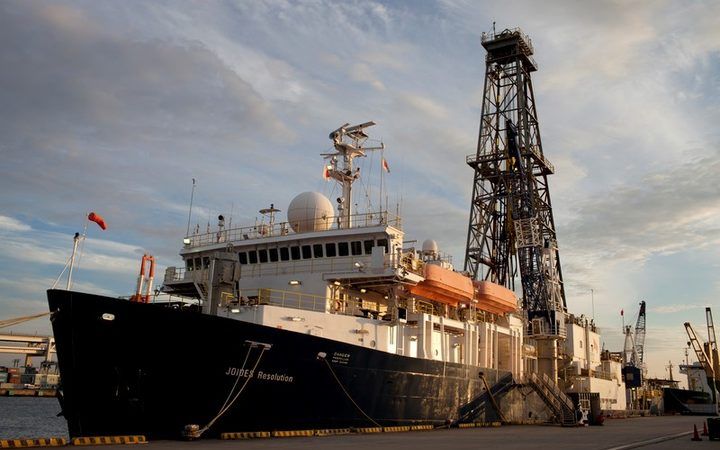Medical researchers have been studying everything we know about Covid-19. What have they learned – and is it enough to halt the pandemic?
Elon Musk has revealed the reason behind Tesla’s cabin-facing camera that has been in the Model 3 for years without being used.
When Tesla launched the Model 3, it equipped the vehicle with a standard cabin-facing camera located in the rearview mirror.
It has been almost 3 years since Tesla brought the vehicle to production and this camera, which is included in every Model 3, has remained dormant.
Translating up to 50 sentences at once, it’s about as accurate as human transcription.
There are 70 coronavirus vaccines in development globally, with three candidates already being tested in human trials, according to the World Health Organization, as drugmakers race to find a cure for the deadly pathogen.
Here are three Black scientists and doctors making a difference during the COVID-19 pandemic.
3D-Printed Coral Mimics Nature
Posted in 3D printing
Most of us have heard that coral reefs around the world are dying, largely because of warmer ocean temperatures and the increased acidity of seawater, but few people realize why that is important to humans. Who really cares if the Great Barrier Reef off the coast of Australia is nearly lifeless? So a few rich scuba divers won’t get to see it. Boo-hoo. Actually, it’s a little more complicated than that.
KELVIN OGBA DAFIAGHOR is inviting you to a scheduled Zoom meeting.
Topic: COVID 19, China cover up, conspiracy theories, was the C.I.A complicent? should China be punished? Lessons learnt. OIN NOW Time: Apr 16, 2020 06:00 PM West Central Africa.
Join Zoom Meeting https://us04web.zoom.us/j/79182052546
Meeting ID: 791 8205 2546
Zoom is the leader in modern enterprise video communications, with an easy, reliable cloud platform for video and audio conferencing, chat, and webinars across mobile, desktop, and room systems. Zoom Rooms is the original software-based conference room solution used around the world in board, conference, huddle, and training rooms, as well as executive offices and classrooms. Founded in 2011, Zoom helps businesses and organizations bring their teams together in a frictionless environment to get more done. Zoom is a publicly traded company headquartered in Sanose, CA.
Circa 2015
A “dialysis for cancer,” which cleanses blood of cancer, has been developed by a team of scientists from Australia.
It is a common misconception that quantum computers are not yet ready for applications and the technology still has many years before becoming useful. In this article we will take a look at some of the basic principles of programming a quantum computer and address this misconception. We will look at free, open-source software such as QISKit from IBM, as well as the Quantum Machine Learning software PennyLane. We will also explain how you can run your programs on actual quantum computers in the cloud at IBM. In a follow-up article we will talk about some applications in machine learning that are ready for use currently to anyone with a bit of curiosity.
Finally new data.
Rocks from beneath the sea floor and even ancient under-sea volcanoes are providing fresh clues about what could trigger and even muffle potentially large earthquakes.
